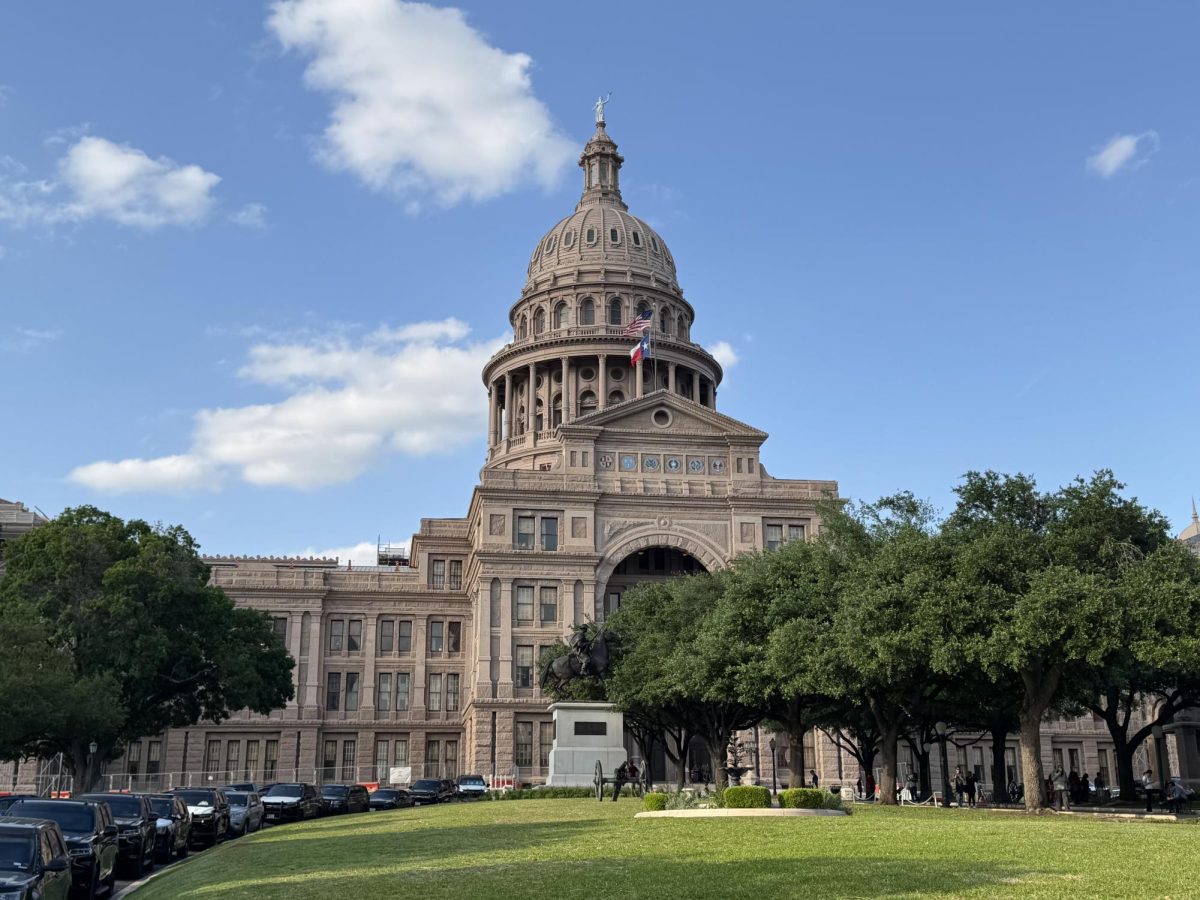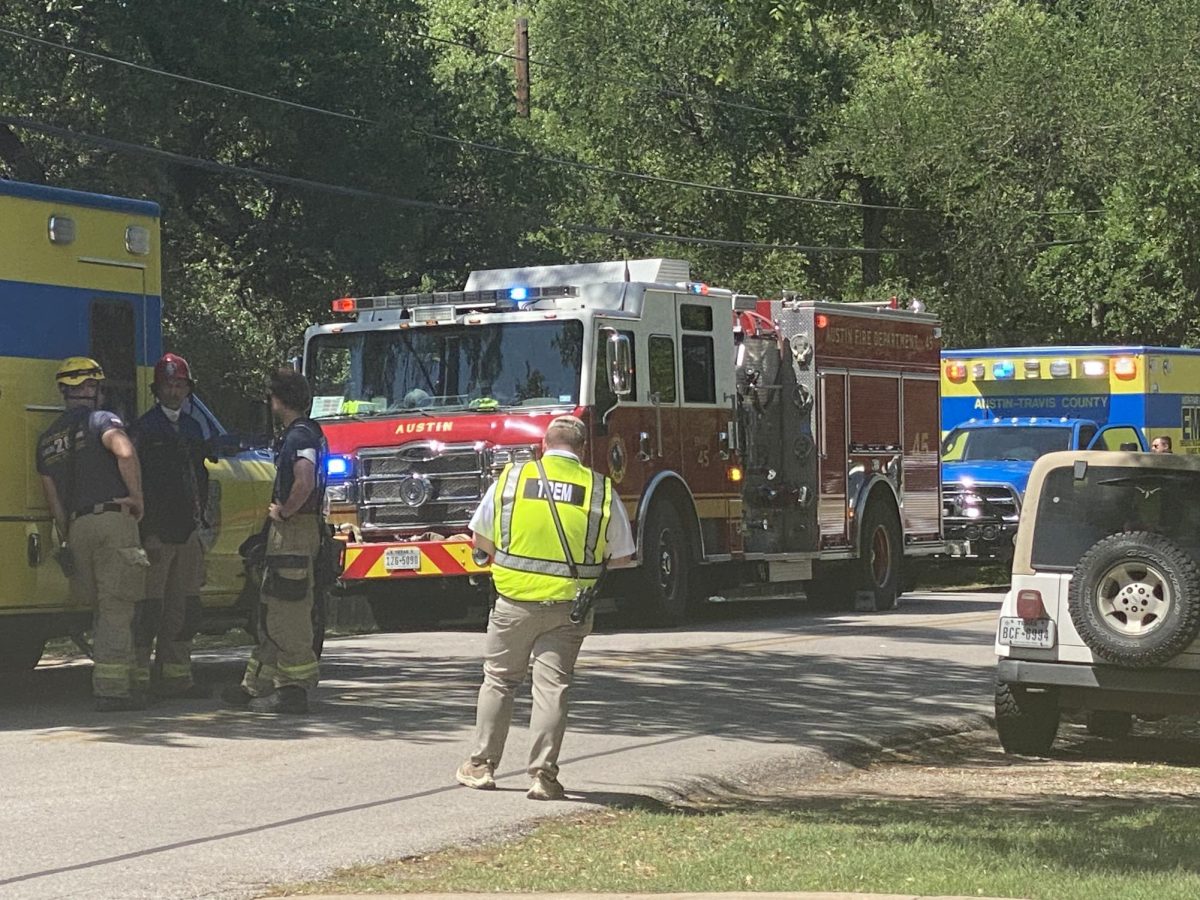On May 24, 2022, a school shooting at Robb Elementary School in Uvalde, Texas shocked the nation when a former student of the school invaded the campus two days before the end of the school year. This tragic event took the lives of 19 students and two faculty members and left at least 17 others injured, striking families and friends with heartbreaking losses.
In addition to the tragic loss, families were devastated by the lack of responsibility of the school and Uvalde Police Department in terms of safety. Over the span of 77 minutes, 26 members of the Uvalde Police Department failed to confront the armed 18-year-old shooter. Families of the victims pointed out school safety failures by announcing lawsuits against 92 individual police officers along with the Texas Department of Safety.
This alarming incident highlighted the harsh reality that our schools are not as safe as they should be. It also became a clear reminder that schools should do more to ensure the safety and security of their students. Evidenced by the delayed response and the tragic outcome in Uvalde, current protocols and security measures have proven inadequate and must be re-evaluated. Schools must take action to prevent such incidents from occurring in the future.
In order to enhance safety measures, schools should implement stricter access control measures within their campus. Restricting entry points during school hours, implementing metal detectors, and requiring identification for all visitors can help control who enters and exits the campus. Ensuring that all students and faculty have access to identification materials will make detecting visitors or strangers who enter the school easier.
Moreover, educational institutes should also increase regular safety drills and training sessions more than their required amount. Having strategic evacuation plans and protocols for various emergency scenarios can help train both the students and faculty members on how to recognize and respond to potential threats. Schools should also learn how to effectively communicate with law enforcement during an emergency.
Additionally, properly trained School Resource Officers (SROs) should also be increased. SROs are specially trained law enforcement officers assigned to schools to provide security and build positive relationships with students. Their increased presence on campus can help deal with potential threats and ensure a rapid response in case of an emergency.
Furthermore, communication between schools, law enforcement, and the community must be improved. In the case of Uvalde, the lack of coordination and communication between the Uvalde Police Department and other responding agencies contributed to the delayed response. Establishing clear lines of communication and protocols for emergencies can ensure a more efficient and effective response. Regular meetings and joint training exercises between schools and local law enforcement can help build trust and improve coordination.
The Uvalde tragedy has also underscored the need for stricter gun control measures. It is undeniable that easy access to firearms contributes to the frequency and severity of school shootings in America. Implementing universal background checks, raising the minimum age for firearm purchases, and restricting access to high-capacity magazines and assault weapons can help reduce the likelihood of such incidents.
Finally, schools should increase engagement with parents and the local community in their safety efforts. Regular communication with parents about safety protocols and emergency plans can help build trust and ensure that everyone is familiar with them. Community members can also play a role in supporting school safety by reporting suspicious behavior and participating in school safety initiatives.
These increased measures may seem intrusive and overreacting, but school shootings are continuing to occur with an alarming frequency across the country. By implementing stricter security protocols on school campuses, we can create safer learning environments for students.















